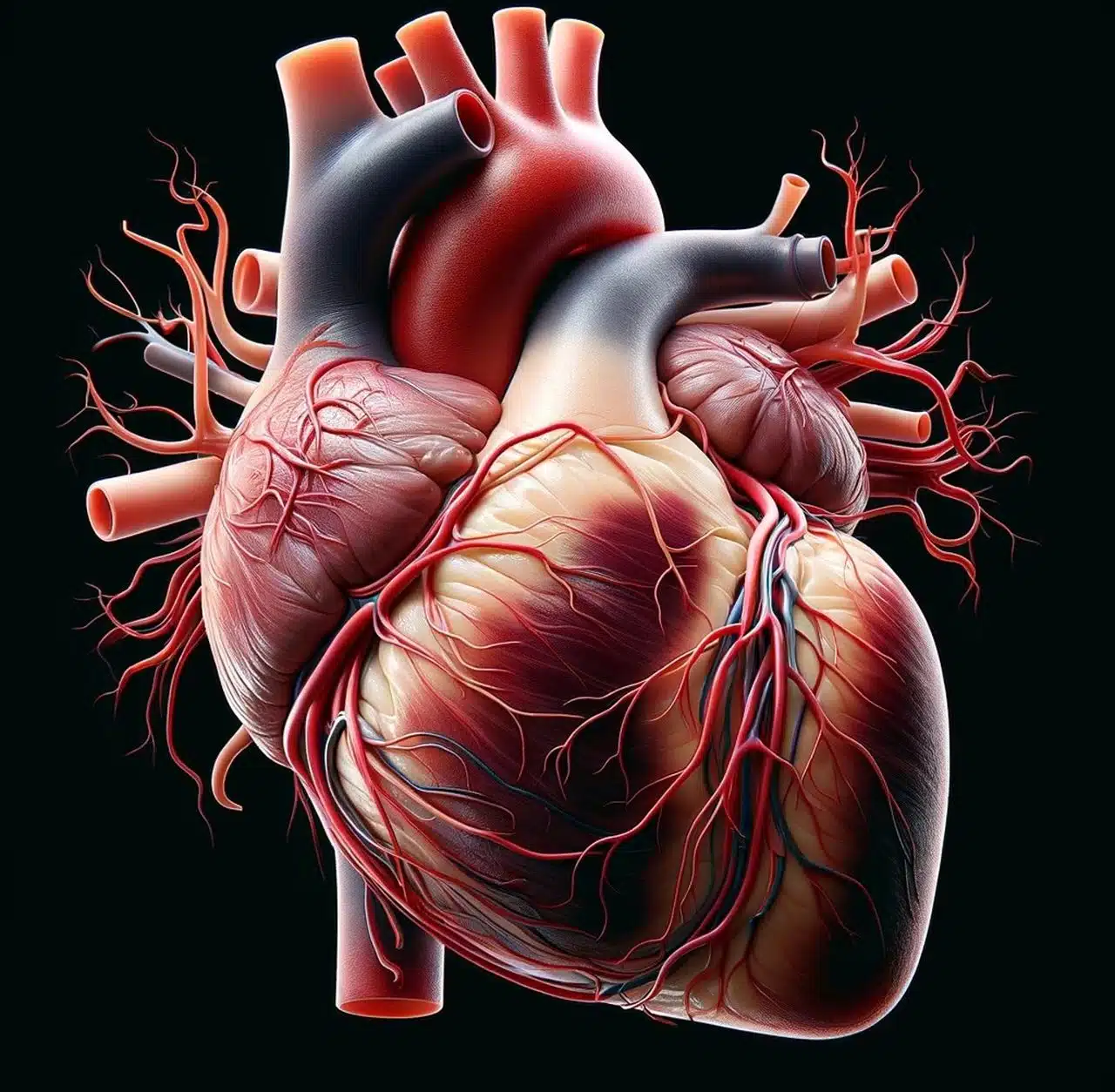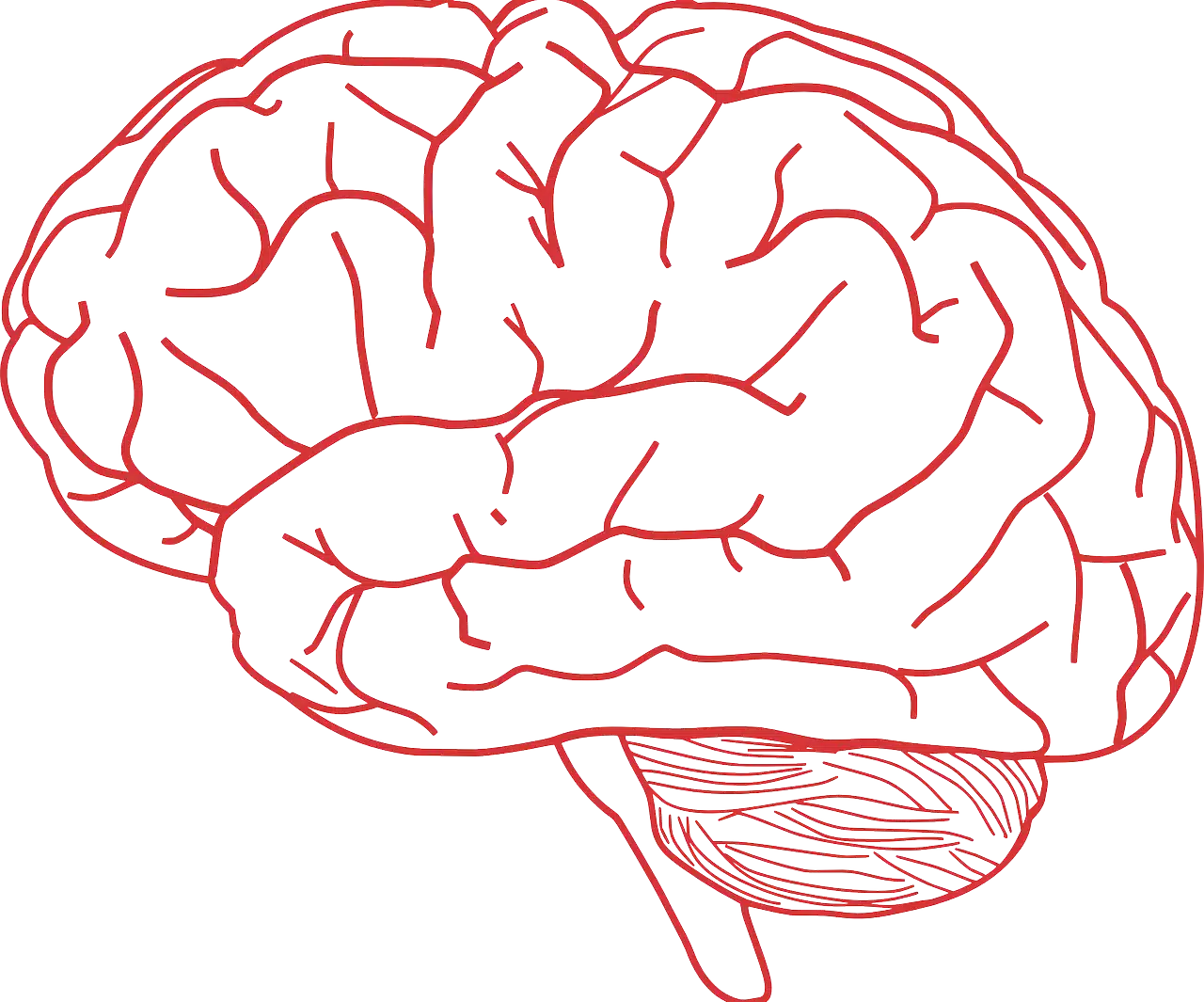
In the human heart there are two ventricles.
A ventricle is an anatomical cavity , especially that of the heart . The concept comes from the Latin term ventriculus .
It can be said that a ventricle is a type of chamber found inside the heart . The number of ventricles depends on the species: in the case of humans , the heart has two ventricles .
Functioning of the ventricles
Each ventricle receives blood from the cavity above it; These upper cavities are called atria . As part of the cardiac cycle, the ventricles contract ( systole ) to expel the blood inside the heart, pumping the bloodstream through the arterial system. They then relax ( diastole ), receiving blood again.
The left ventricle is linked to the left atrium through the mitral valve . The right ventricle, for its part, establishes communication with the right atrium through the tricuspid valve . Both ventricles are separated from each other by the interventricular septum . Regarding systole, the left ventricle sends blood to the aorta artery , while the right ventricle does the same with the pulmonary arteries .
In the development of the fetus, in the third week the primitive ventricle appears, an area of the heart that is connected to the cardiac bulb through the atrioventricular orifice.

There are four cerebral ventricles.
A type of tachycardia
One of the disorders that can occur in the ventricles is ventricular tachycardia , characterized by an excessive heartbeat speed, greater than 100 beats per minute, with a minimum of three irregular beats occurring consecutively.
Ventricular tachycardia can occur as a complication of heart attack , both early and late, and can also accompany cases of heart failure, cardiomyopathy, myocarditis, and heart valve disease. On the other hand, it is not uncommon for it to appear after heart surgery.
If the heart rate in the middle of an episode of ventricular tachycardia lasts a considerable time or reaches a very high speed, it is possible to have any of the following symptoms: chest discomfort; fainting; dizziness or vertigo; clear perception of heartbeats; or respiratory failure. Depending on the case, no treatment may be necessary, or the doctor may prescribe oral or intravenous medications.
Ventricles of the brain
The brain also has ventricles: the so-called cerebral ventricles . These cavities form the ventricular system that allows the circulation of cerebrospinal fluid. In the human brain there are four ventricles: the two lateral ventricles , the third ventricle , and the fourth ventricle .
For its part, the cerebrospinal fluid , also called cerebrospinal , is found in the spinal cord and brain, and is characterized, among other things, by not having color. Under normal conditions its volume can reach 150 ml, with a minimum of 100, and it runs through the cerebral ventricles, the ependymal canal and the subarachnoid space.
The two lateral ones are found in the hemispheres of the brain and have an anterior horn directed towards the frontal lobe, a posterior one directed to the occipital and an inferior one directed towards the temporal lobe. The connection of the lateral ventricles with the third occurs through the interventricular orifice , which is located between the thalamus and the fornix.
Regarding the third ventricle, it is a thin cavity located between the thalami; The interthalamic commissure passes through it and connects with the fourth ventricle through the Sylvian aqueduct . Finally, the fourth ventricle is located between the cerebellum and the brain stem, and is the point from which the cerebrospinal fluid emerges.
Through the ependymal canal , a narrow cavity originating at the base of the fourth ventricle, the four cerebral ventricles extend through the spinal cord.
